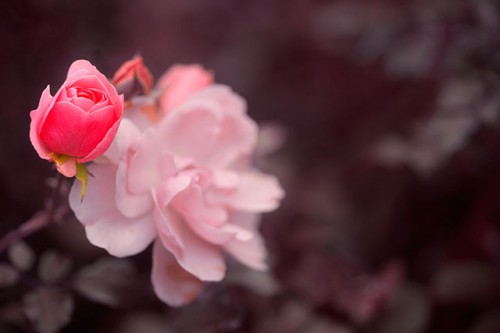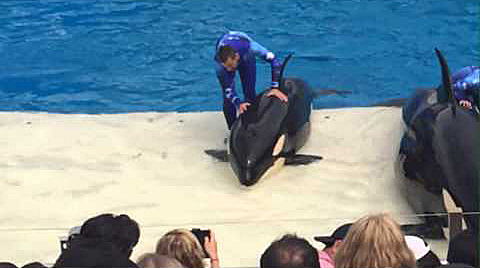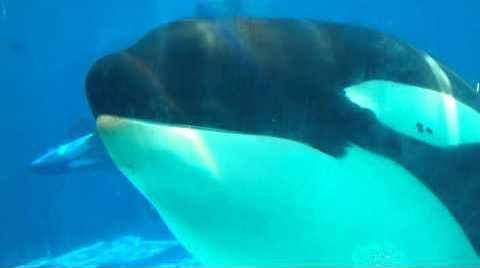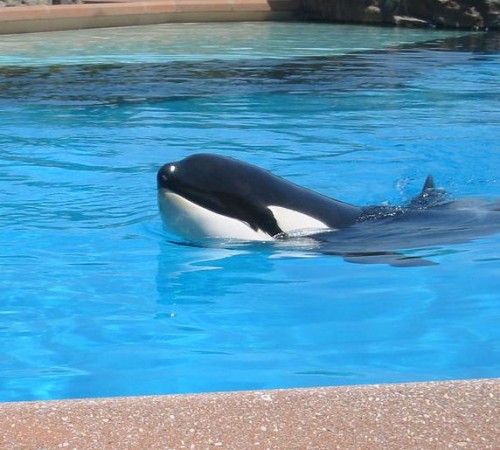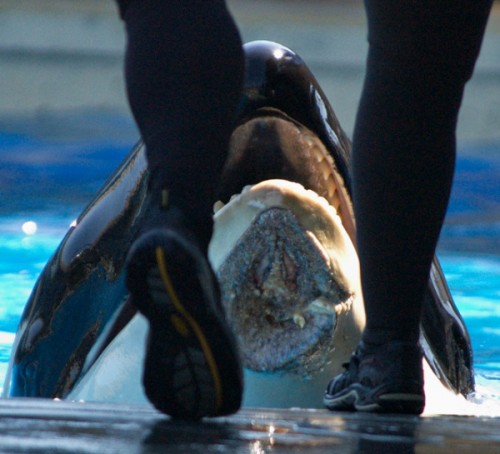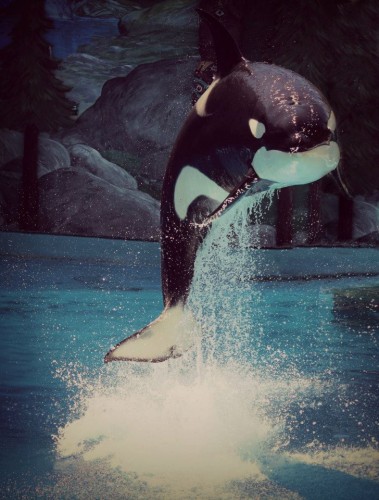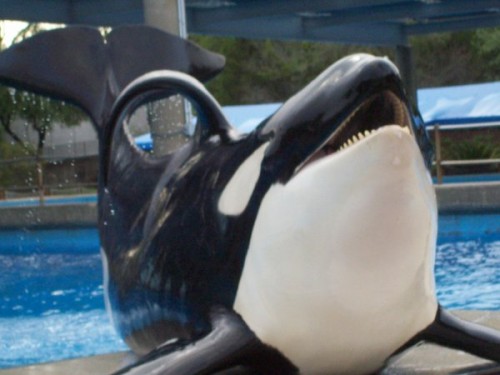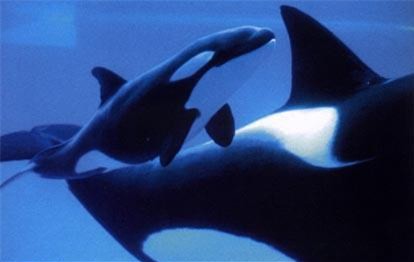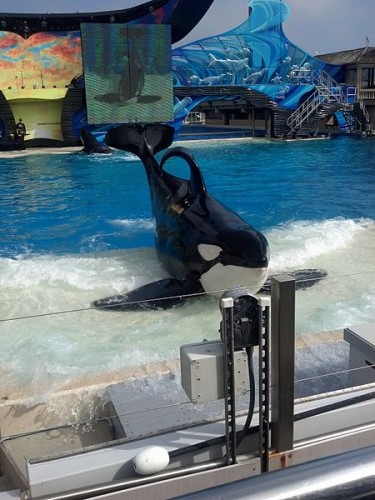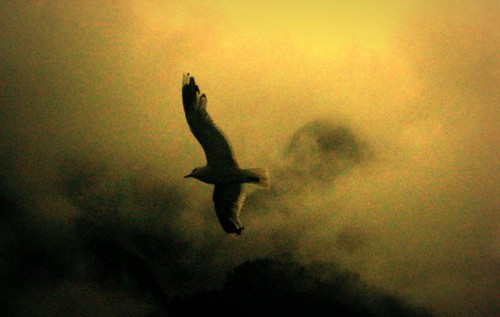 The cats were on it first. Poised in a purrrmanant stance dictated by some primordial instinct they remained fixated and staring at the glass door of our balcony. There, on the other side of the night, pummeling the door and windows in frantic flutter back and forth, was a baby bird. Seemingly lost in the dark drawn to the light beyond the glass, it slammed its little wings over and over again in a futile attempt to free itself from the nightmare.
The cats were on it first. Poised in a purrrmanant stance dictated by some primordial instinct they remained fixated and staring at the glass door of our balcony. There, on the other side of the night, pummeling the door and windows in frantic flutter back and forth, was a baby bird. Seemingly lost in the dark drawn to the light beyond the glass, it slammed its little wings over and over again in a futile attempt to free itself from the nightmare.
The cats were hypnotized following the wee bird’s body slams from above and below their vantage points. What to do? Pete and I were prepared to find a way to capture the wayward baby and rescue it as fast as we could. And then, as if by magic, it stopped, turned around, and shaking its wings in what appeared to us as triumph (possibly a birdy “aha moment?”), just flew away into the night.
Relief! Though the cats now had to resign themselves to the boredom of relinquishing their feline fascination with their version of “the food channel,” Pete and I were thrilled to witness the little bird’s freedom. That, and realizing the rest of our evening wouldn’t have to be spent with having to rescue and succor a tiny terrified feathered baby 24/7.
Continue reading “Choosing to Fly or Be Flattened (Another Lesson from an airborne Nature Teacher)”

